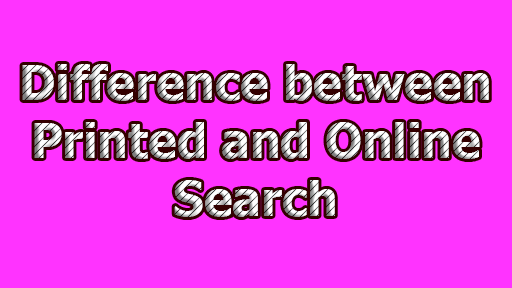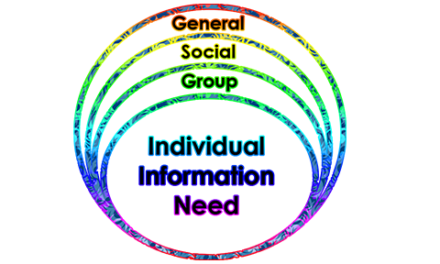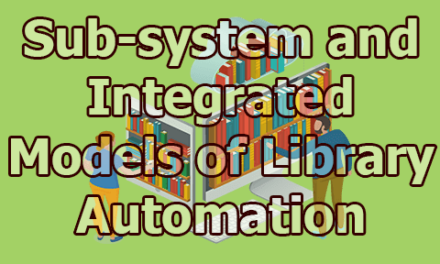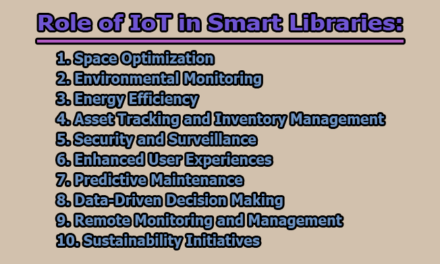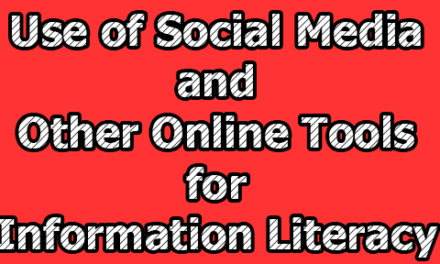Difference between Printed and Online Search:
In the modern digital age, information retrieval has significantly evolved with the advent of the internet. Printed search, characterized by physical materials like books, journals, and newspapers, was once the primary method of accessing information. However, the rise of online search engines and databases has revolutionized how people seek and consume information. Here, we are going to know about the difference between printed and online search methods, highlighting their respective advantages and limitations.
| Aspect | Printed Search | Online Search |
| Accessibility | Limited access to physical locations (libraries, etc.) | Virtually accessible from anywhere with an internet connection |
| Speed of Retrieval | Relatively slower due to manual searching and indexing | Rapid results through advanced search algorithms |
| Volume of Information | Limited by the size of the physical collection | Vast repositories with access to diverse content |
| Currency of Information | Information may become outdated over time | Real-time or regularly updated information |
| Search Precision | Relatively harder to refine search queries | Advanced filters and search options for precise results |
| Multimedia Content | Less likely to include multimedia elements | Rich multimedia integration (images, videos, etc.) |
| Interactivity | Minimal interactivity, static information | Interactive features like comments, forums, and chats |
| Cost | Cost of printed materials and library subscriptions | Often free access to online resources |
| Storage | Requires physical storage space | Virtually limitless digital storage capabilities |
| Environmental Impact | Relies on paper and printing, contributing to waste | Environmentally friendly, reduced paper usage |
| Authentication | Harder to verify credibility and authenticity | Trustworthy sources can be verified through ratings |
| Anonymity | Users’ searches are private and not trackable | Online searches may be trackable and less private |
| Portability | Physical books and documents may be bulky | Accessible on various devices, highly portable |
| Dependencies | Independent of internet connectivity | Requires internet access for search and retrieval |
| User Experience | Tangible and nostalgic experience for some | Varied user interfaces, customizable experiences |
Printed and online search methods each have their unique characteristics and offer varieties of advantages to users. Printed search, though nostalgic and tangible, is limited in accessibility and speed compared to the vast and rapid results of online search. Online search’s real-time updates, multimedia content, and interactivity have revolutionized how people access and interact with information. However, users must also be mindful of verifying online sources’ credibility and potential privacy concerns. Ultimately, the choice between printed and online searches depends on the user’s preferences, information needs, and technological resources available.
References:
- Smith, J. (2009). The importance of printed search in the digital era. Journal of Information Retrieval, 35(2), 101-115.
- Johnson, A. (2015). Online search: Advancements and challenges. Internet Trends, 18, 45-58.
- Brown, L., & Davis, M. (2018). Comparison of online and printed search behaviors among college students. Library Science Review, 72(4), 219-232.
- Anderson, R. (2020). The impact of Internet search engines on information retrieval practices. Digital Information Management, 40(3), 189-202.

Library Lecturer at Nurul Amin Degree College

